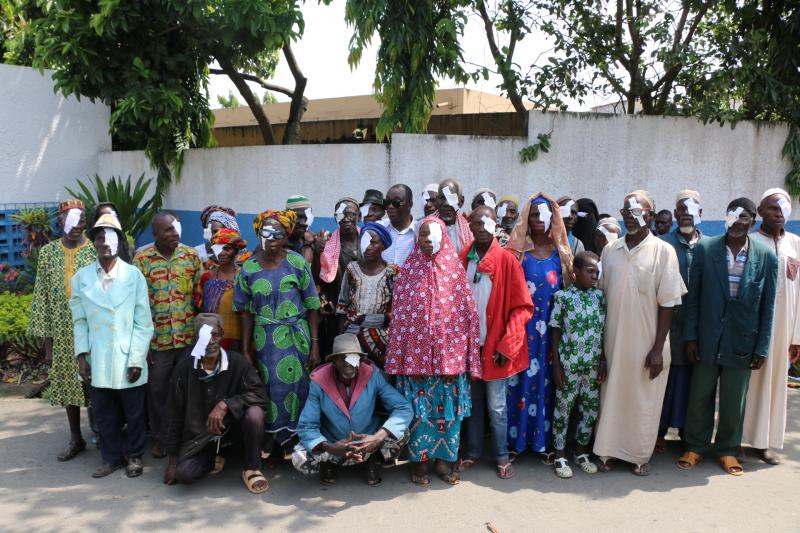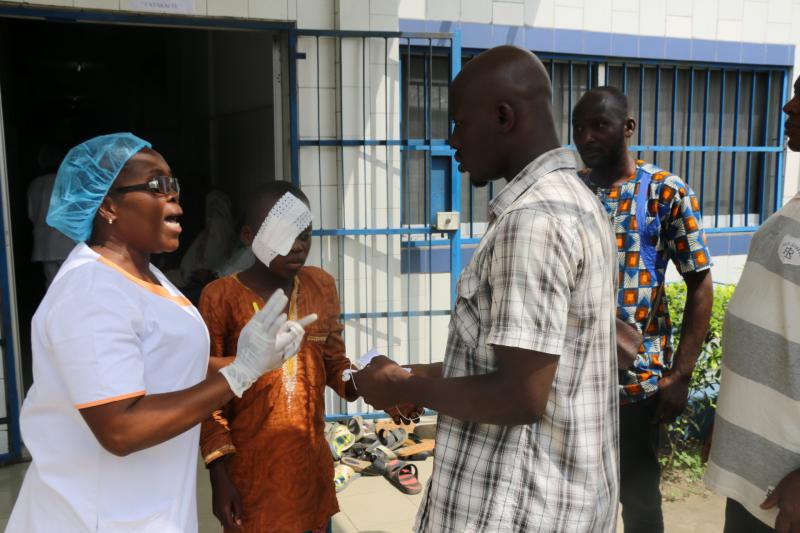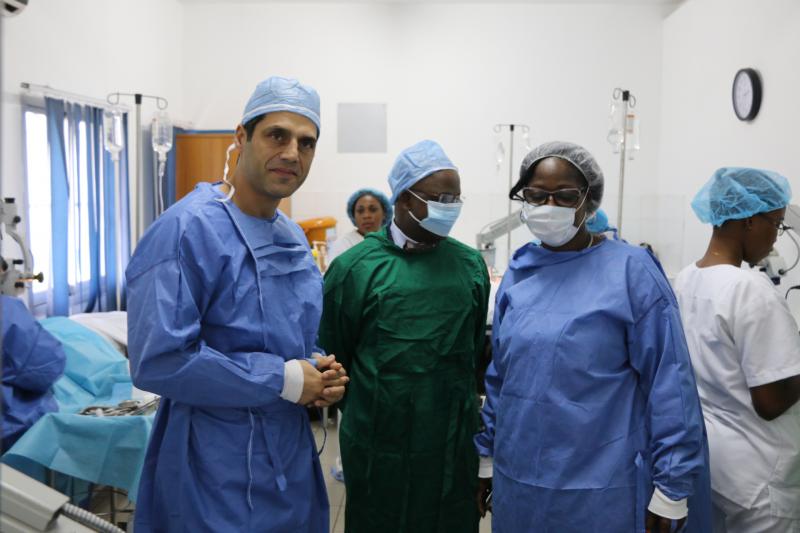Alliance to Fight Avoidable Blindness
Alliance to Fight Avoidable Blindness
The World Health Organization (WHO) estimates that there are approximately 285 million visually impaired people worldwide, out of which 39 million are blind and 246 million have low vision. Globally, uncorrected refractive errors are the main cause of moderate and severe visual impairment, while cataract remains the leading cause of blindness in middle- and low-income countries. Other major causes of visual impairment are glaucoma, age related macular degeneration, diabetic retinopathy, corneal capacity, childhood blindness and trachoma. As a result, 80% of all visual impairment can be prevented or cured. The majority of visually impaired people (90%) live-in low-income countries; 9.2% (about 26.3 million) in Africa,,
It is against this background that in 1999, WHO, in partnership with the more than 20 international non-governmental organizations that comprised the International Agency for the Prevention of Blindness (IAPB), launched an initiative known as "Vision 2020 - the Right to Sight". VISION 2020 is a partnership that provides guidance, technical support and resources to countries that have formally adopted its agenda. The mission of initiative is to eliminate the main causes of all preventable and treatable blindness as a public health issue by the year 2020.



Objectives
The Second Generation of the Alliance envisages, over a five-year period to:
- Realize 1,500,000 cataracts surgical operations;
- Develop of 4 national intervention programs for the correction of refraction;
- Carry out examinations for the detection of ocular refractive errors for the benefit of 10 million schoolchildren and supplies of correction glasses when necessary;
- Develop capacities of 6 glaucoma treatment centres in member countries;
- Develop capacities of at least 3 regional training centres;
- Enhance capacities of 90 eye care specialists.
Target Countries
The Second Generation of the Alliance will benefit 13 member countries of the Islamic Development Bank: Burkina Faso, Chad, Comoros, Côte d'Ivoire, Djibouti, Guinea, Guinea-Bissau, Mauritania, Mali, Mozambique, Niger, Somalia, and Togo.
Cost of the Program
The overall cost of the Second Generation was estimated at US $ 30 million. The Islamic Solidarity Fund for Development has approved US $ 5 million to support the Second Generation.